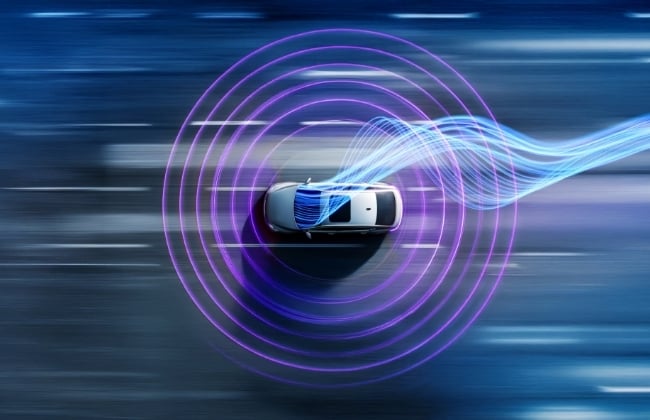- 04 January 2024
- Eleanor Brash
The cockpit domain controller (CDC) is the traditional home for a car’s GPU. Here it can drive the graphics on the dashboard, maintaining a highly responsive and intuitive user interface with the vehicle, or even delivering gaming experiences for passengers. As the screens in vehicles become more numerous and their resolutions increase, the demand on a car’s GPU for graphics processing in the CDC is expected to grow.
However, there is another emerging source of processing requirements which the GPU is well-placed to support: ADAS. As has become apparent in other industries (such as the data centre) a GPU is good for so much more than just graphics processing. It is a flexible and programmable accelerator that can execute a diverse array of tasks with high performance and efficiency. GPUs are a valid processing option for many of the compute workloads that form the backbone of ADAS and autonomous vehicles.
Imagination has released a white paper “The Use of GPU Compute in Automotive” which details the sort of compute tasks that a GPU can perform in a vehicle, the benefits of considering the GPU for compute tasks and how Imagination GPUs in particular are designed to execute compute tasks with performance and efficiency.
Download "The Use of GPU Compute in Automotive" or book a meeting with the Imagination team to find out more about our automotive solutions.
Discover how Imagination and MulticoreWare achieved x100 performance gains when offloading ADAS workloads from the CPU to the GPU.
As the automotive industry transitions to the software-defined model, tapping into the benefits of the GPU’s general purpose processing will be of value to OEMs and Tier 1s. When processor selection takes place five or more years before the first set of software updates reaches a vehicle on the road, and when software fields such as artificial intelligence are progressing so rapidly, the hardware will set clear limits on the functionality of the software updates. But these limits can be mitigated if the SoC contains programmable, performant and highly flexible compute accelerators such as a graphics processor.
Imagination’s low-power, high-performance GPU technology has been deployed in billions of embedded devices and has long been a favourite in the automotive market, particularly in infotainment units. We are continuing to invest in our automotive product line in order to provide our customers with IP that promises comfort and safety to the vehicles of tomorrow.
Visit the Automotive page to find out more.






